Metro stations, also known as subway or underground stations, are railway stations for rapid transit systems. Metro stations provide a means for passengers to purchase tickets, wait for trains and board or disembark trains as well as providing a means of escape in an emergency.
Metro stations are typically underground and have several public entrances, ticket barriers or turnstiles and multiple platforms. They are usually accessed from ground level by means of stairs, lift or escalator.
It is imperative that visitors to metro stations are kept safe. This means that they must not only provide suitable fire detection to alert passengers and personnel of potential threats, but that they must also provide a safe and suitable means of escape, including for those that are disabled or use a wheelchair.
Disabled Refuge
Given that most metro stations are located underground and accessed by stairs or escalators, it can be difficult for people that are disabled to evacuate the facility during an emergency. Therefore, a safe place must be provided for them to call for assistance and wait for help to arrive.
A disabled refuge gives people who may need assistance a safe place to congregate while they wait for help. A disabled refuge typically contains at least one outstation that provides the user with a hands free communication link to the building manager or emergency services. This provides passengers or staff that are disabled a relatively safe place from which they can easily arrange assistance and wait.
Handpicked Products for Metro Stations
Crisis EVC systems combine disabled refuge with other outstations, such as fire telephones and emergency assistance alarm systems, into one fully-integrated, robust system.
It is easy to install, configure and operate and provides significant cost savings over other emergency voice communications systems. The Crisis EVC range includes compact and stylish touch-screen master stations as well as attractive and intuitive refuge outstations that are easily accessible to people of all abilities.
There are two types of Crisis EVC available: Crisis EVC and Crisis EVC Network. The first provides up to eight lines of communication and is suitable for smaller applications that only require a small number of outstations. Crisis EVC Network, however, can support up to 64 panels, each offering eight communications lines to provide upto 512 lines in total.

Typical Wiring Diagram
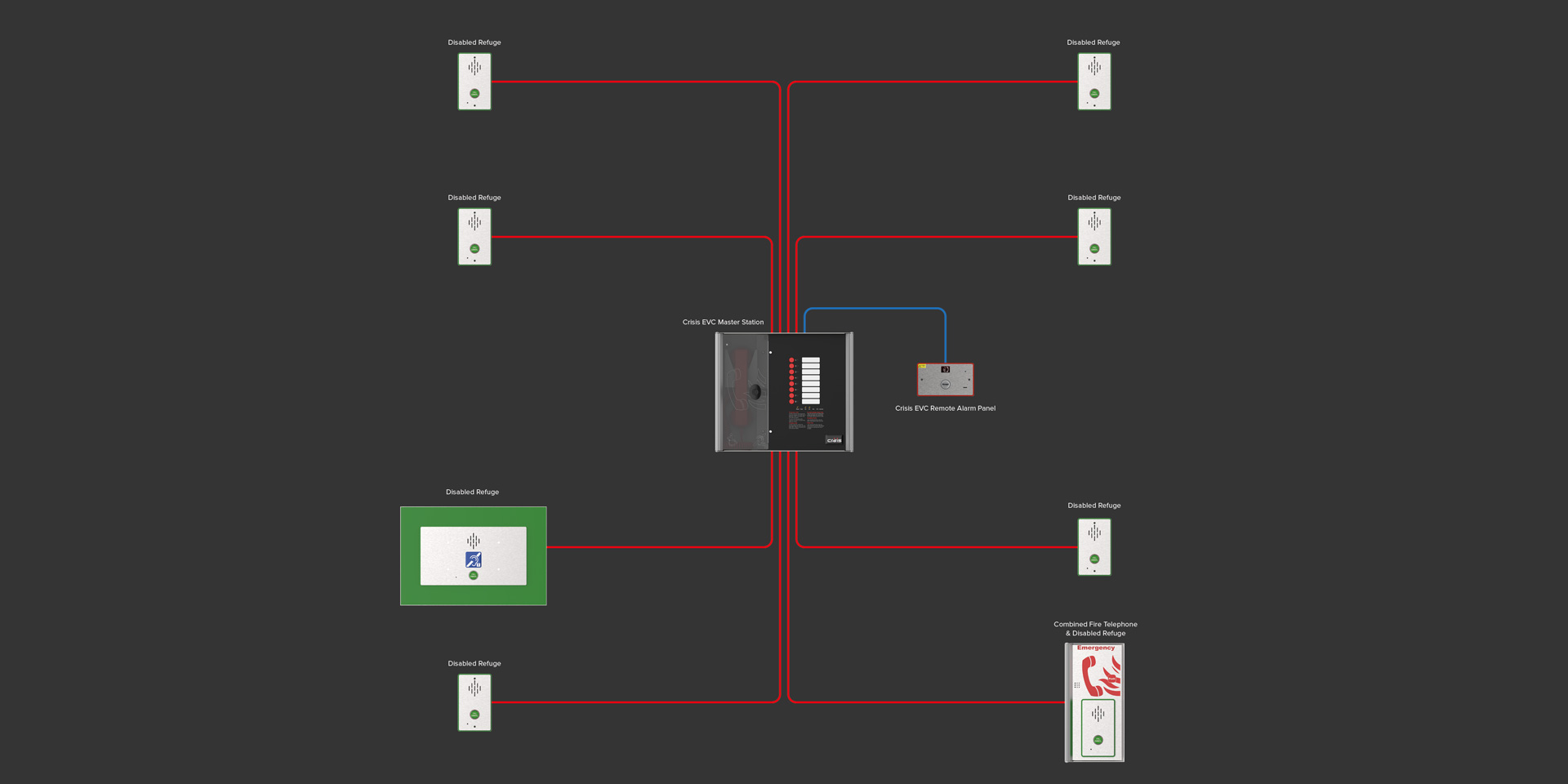
Crisis Disabled Refuge Control Panels

The Crisis EVC Master Station is ideal for smaller metro stations which are required to have an EVC system, but which have a limited number of outstations. The Master Station can support up to eight lines of outstation, including type A fixed phones, hands-free type B disabled refuge points and emergency assist call points.
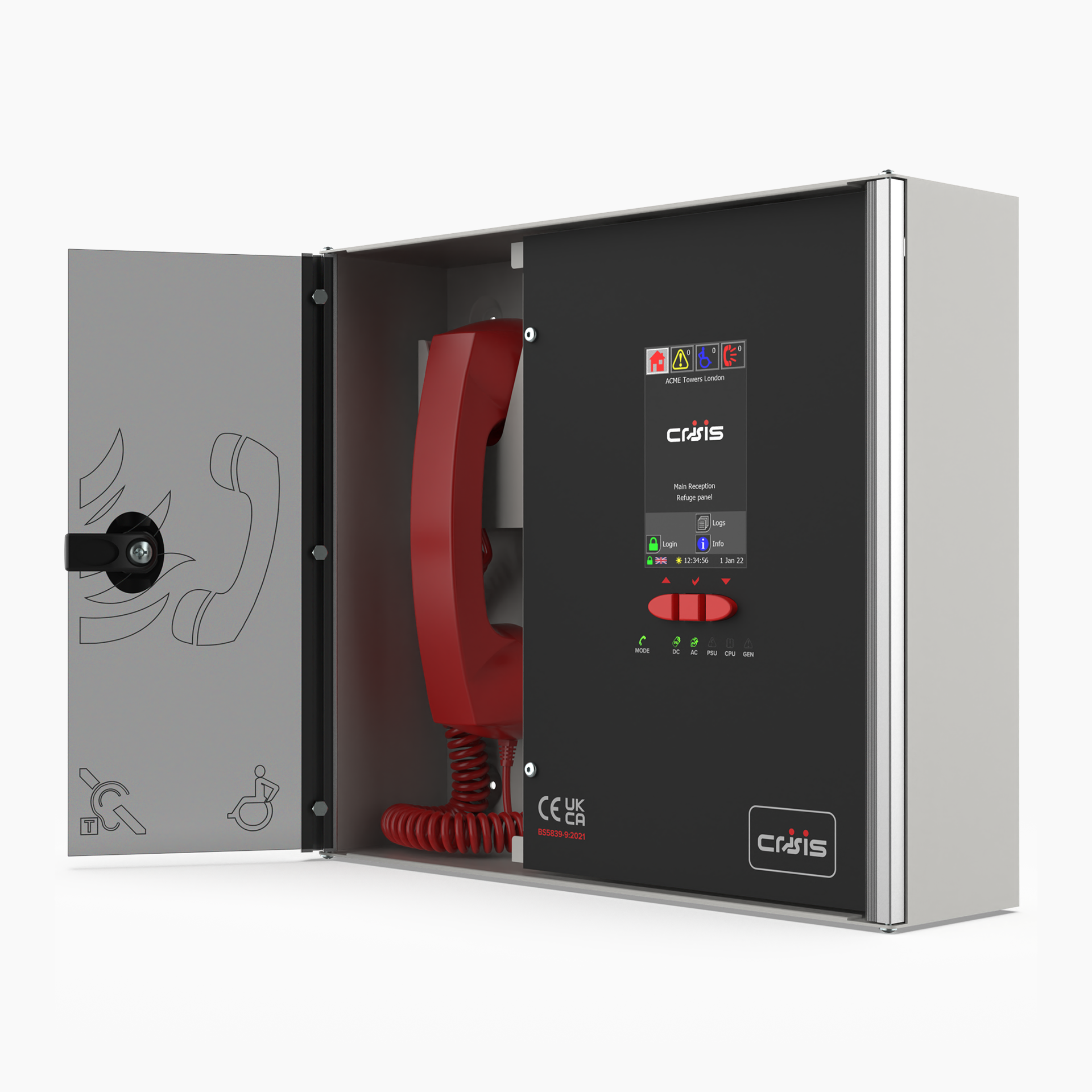
The Network EVC Master Station offers all the features of the Crisis EVC Master Station but also has in-built networking allowing it to form one of the 64 panels on a Crisis EVC network installation, accommodating a total of 512 outstations. Each panel can be set as a master station or network expander.
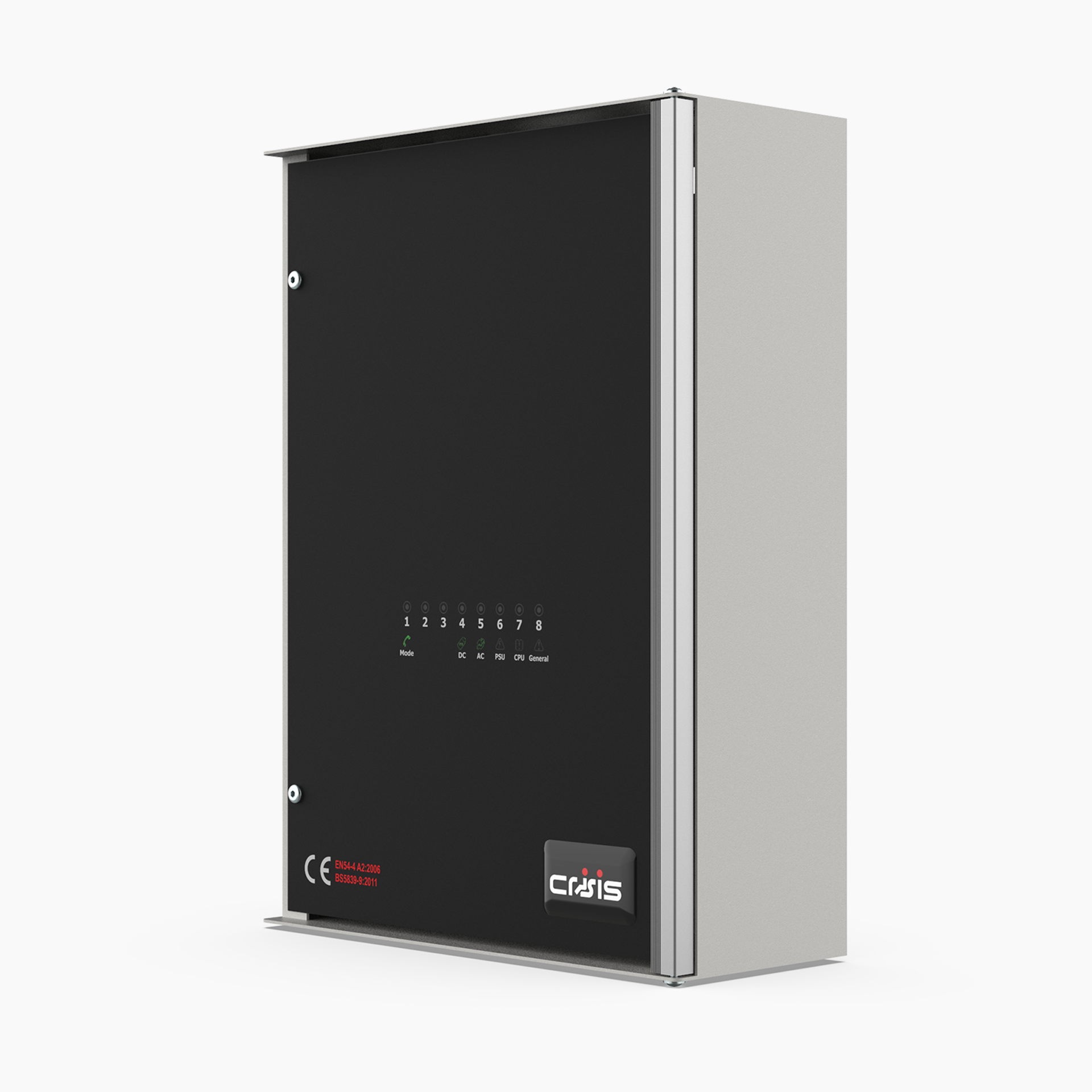
The Crisis EVC Expander Panel can support up to eight lines of outstation, including type A fixed phones, type B refuge hands free points and emergency assist call points. Expander panels are used to extend the Crisis network and have in-built networking which allows them to form one of the 64 panels on a Crisis EVC network installation.
Disabled Refuge Outstations
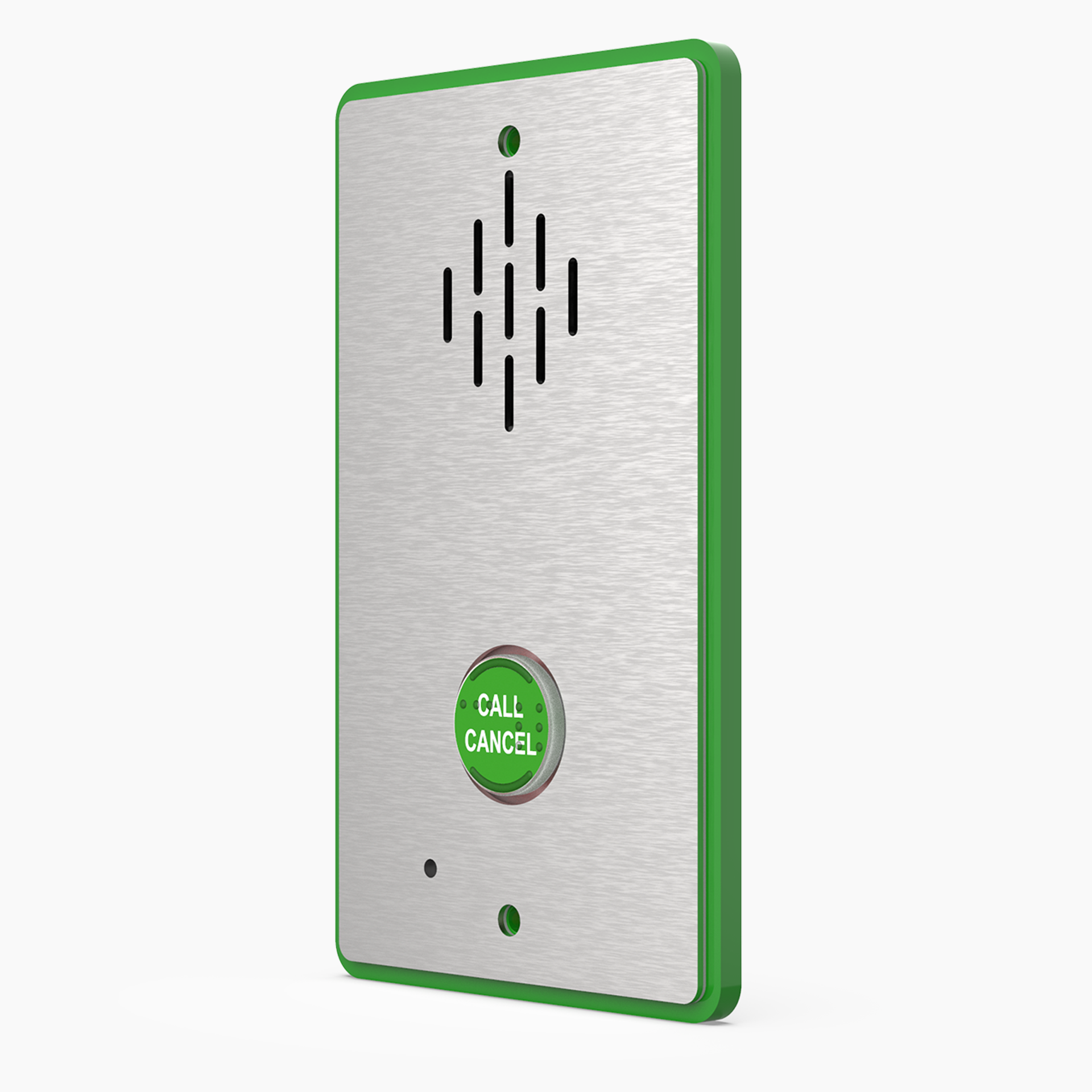
The Crisis Type B Outstation is designed to be used by the public as a disabled refuge call point. Type B outstations should be installed in disabled refuge locations to provide two-way communication between the master station and disabled refuge point.
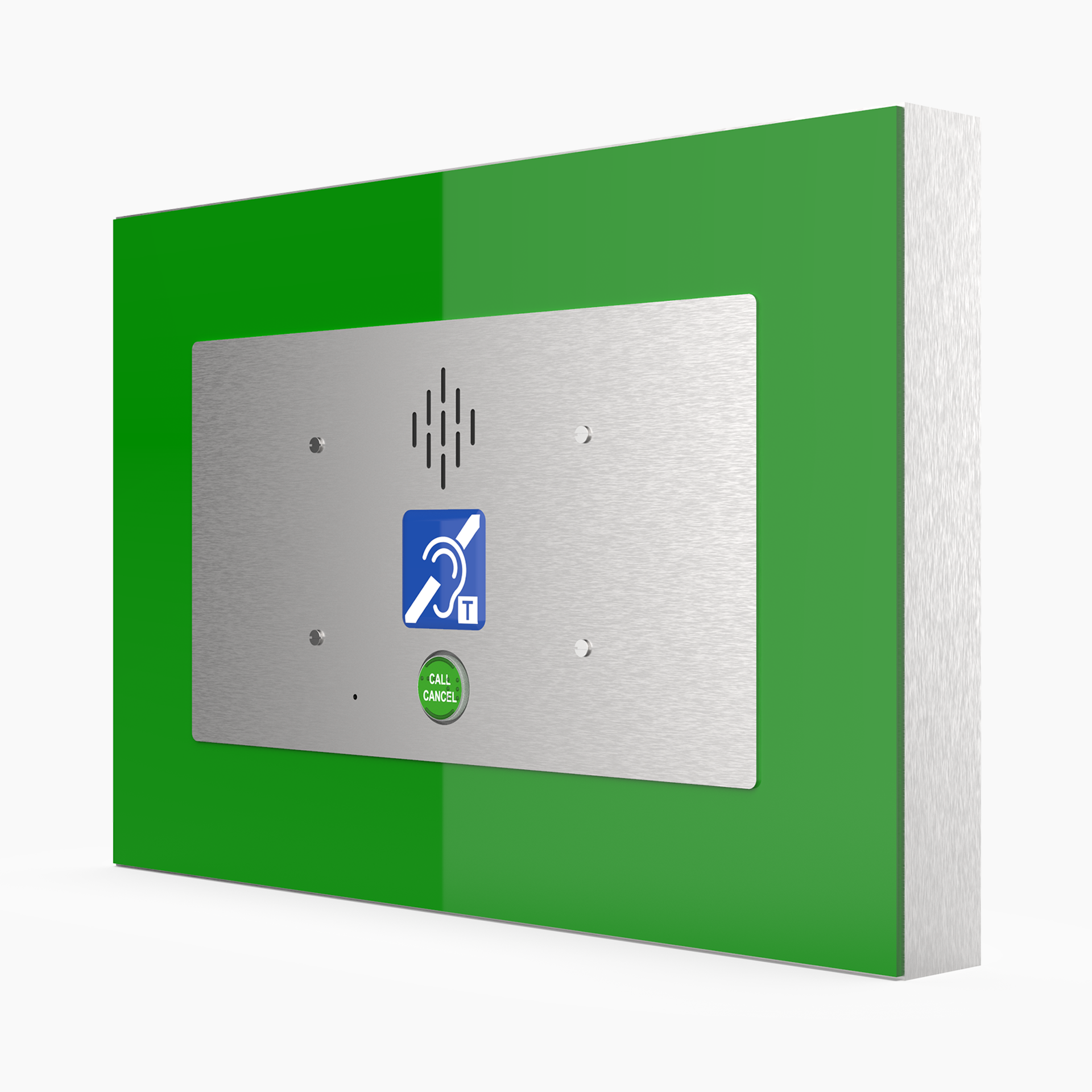
The Crisis Type B Refuge Induction Loop Outstation combines all the features of the Crisis Type B Refuge Outstation but with the addition of an induction loop to aid those that use a hearing aid or loop listener.
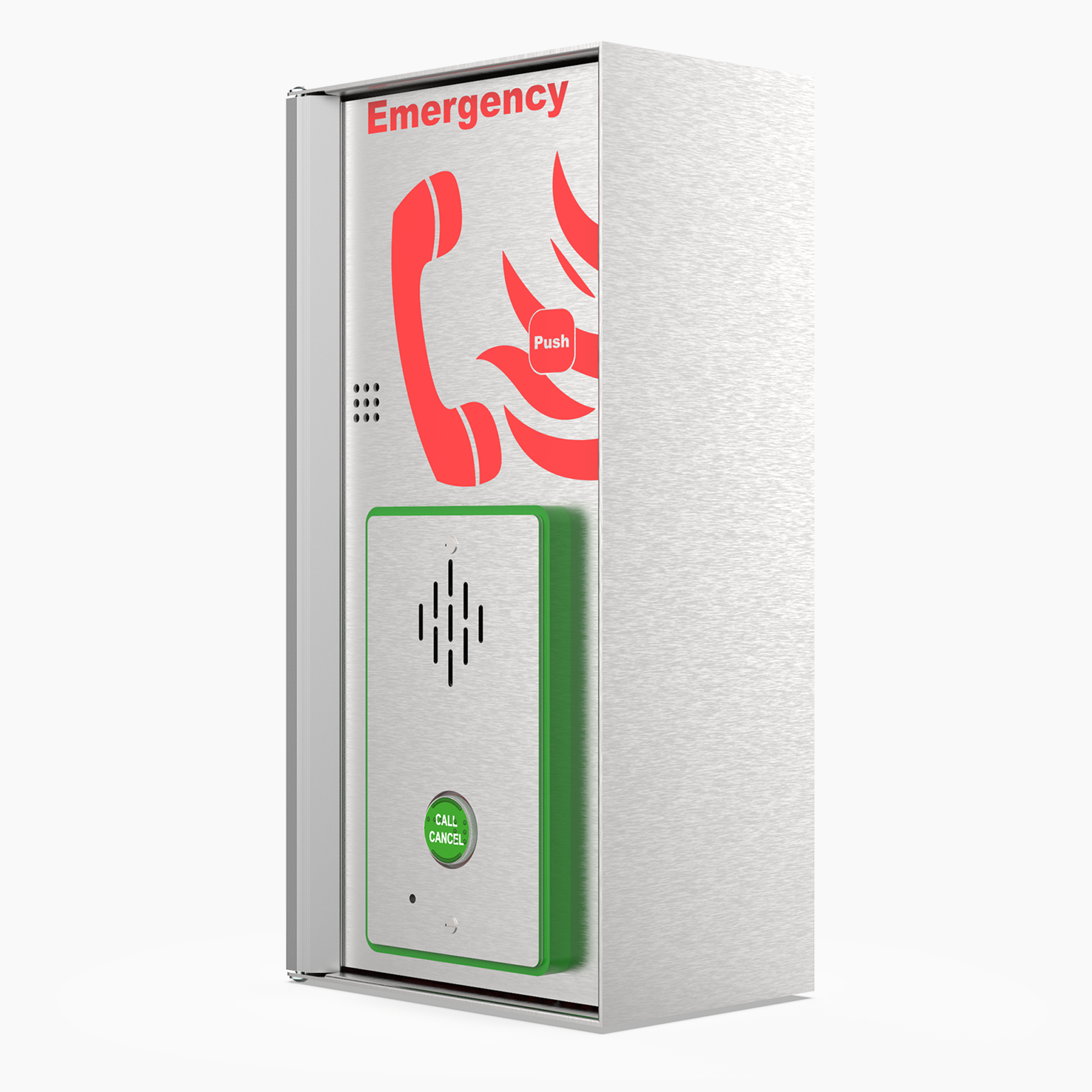
Crisis Combined Type A & B Outstations can be used as a fire telephone or a disabled refuge call point. Crisis outstations are designed for use by multi-disability users, having high contrast signage in line with RNIB guidelines and an induction loop coil in the handset.

The Crisis Type B Weatherproof Outstation is designed for use in outdoor or exposed areas and is compatible with the Crisis standalone and network EVC systems. The outstation is supplied within a compact IP65 enclosure which is externally signed and is opened by operation of a lever lock, exposing the hands-free unit and operating instructions.
Why Choose Eurofyre?
- Complete System Supplier
- Eurofyre manufactures and supplies all aspects of fire detection and associated safety products and can provide expert advice and consultation.
- Demonstration and Training
- We offer demonstrations and expert training on a range of systems, including the Crisis range of EVC systems, in our very own sophisticated training facility.
- After-Sales Support
- Eurofyre offers both on-site and telephone support to assist you in ensuring that your system is fully functional and operating at maximum efficiency. Our after-sales care and support are second-to-none.
For more information about Crisis EVC, or to discuss any of the other products that Eurofyre have to offer, please feel free to get in touch either by phone on +44 (0) 1329 835 024, by email to sales@eurofyre.co.uk or via the online enquiry form situated on our contact page.
Don’t forget you can follow us on LinkedIn, Twitter and Facebook or sign up to our newsletter (in the footer below) to receive all the latest information from Eurofyre.